CAD in Engineering: Key Advantages and Latest Technological Innovations
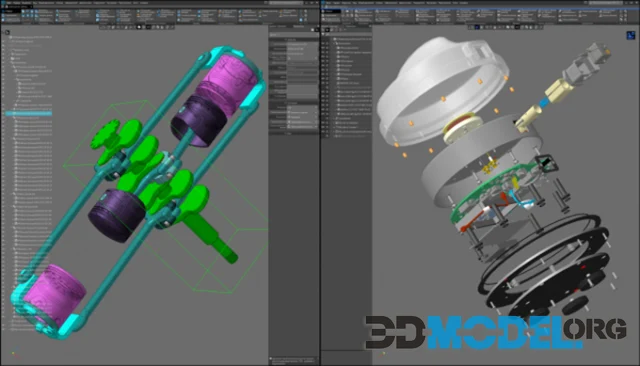
In the realm of modern engineering, Computer-Aided Design (CAD) has become an integral part of the design and development process. These systems provide engineers and architects with powerful tools for creating, analyzing, and optimizing various products and structures. In this article, we will delve into the key advantages of using CAD in engineering and explore the latest technological innovations in this field.
Advantages of Using CAD in Engineering
Accuracy and Predictability: One of the primary advantages of CAD is the ability to create precise and predictable models. This helps engineers avoid errors associated with the inaccuracy of manual drafting and enhances the overall quality of projects.
Increased Productivity: CAD significantly accelerates the design process. Engineers can swiftly create and modify models, conduct analyses, and optimize, thereby reducing the time spent on development.
Ease of Correction and Modification: In the event of necessary changes to a project, CAD makes the process much simpler and more efficient. Engineers can easily adjust parameters, add new elements, and quickly obtain updated results.
Visualization Capabilities: CAD enables the creation of three-dimensional models, allowing engineers and clients to better visualize the end result. This is particularly crucial when working on architectural projects.
Process Automation: Modern CAD systems come with powerful automation features. This includes automatic document creation, material calculations, and other routine tasks, saving time and reducing the likelihood of errors.
Technological Innovations in the World of CAD
Cloud Technologies: One of the latest trends in CAD is the adoption of cloud technologies. This allows engineers to work on projects from anywhere, exchange real-time data, and reduce delays in collaborative work.
Artificial Intelligence and Machine Learning: The integration of artificial intelligence and machine learning in CAD provides automatic project optimization, analysis of large datasets, and more intelligent design algorithms.
Integration with Augmented Reality (AR) and Virtual Reality (VR): CAD systems are becoming increasingly compatible with AR and VR technologies, enabling engineers to interact with models in three-dimensional space, enhancing the design and visualization process.
Seamless Collaboration: Modern CAD tools are actively developed to meet the needs of teamwork. They facilitate seamless interaction among project team members, which is especially crucial in remote work environments.
Downloading 3D Models from Our Website
If you're in search of high-quality 3D models for architecture, architectural details, complete 3D scenes for exteriors (link) and interiors (link), as well as decor for interior visualizations (link), we are pleased to offer you our "Free 3D Models" section. Here, you can find a wide selection of models for your project. Visit our link and start downloading free resources today.
Conclusion
CAD continues to evolve, providing engineers with increasingly powerful and innovative tools. From heightened accuracy to the utilization of cutting-edge technologies, the advantages of CAD in engineering are becoming more apparent. Modern trends such as cloud technologies and integration with AR/VR open up new horizons for those striving for excellence in design and development.
Ctrl
Enter
Noticed a misTake
Highlight text and press Ctrl+EnterRelated news:

Using Photogrammetry to Create 3D-Models For Game Development
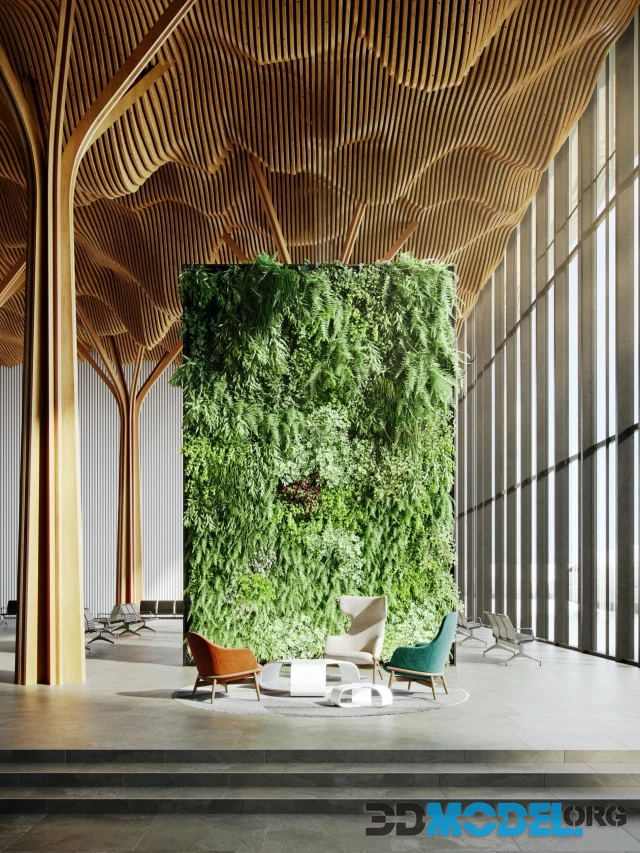
Choosing the Best Render for Architectural Visualization
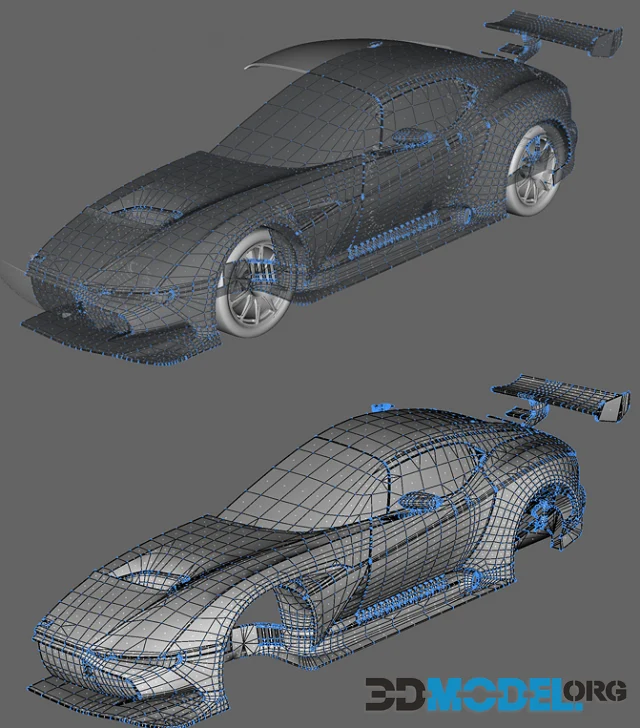
How to Create 3D Models of Cars
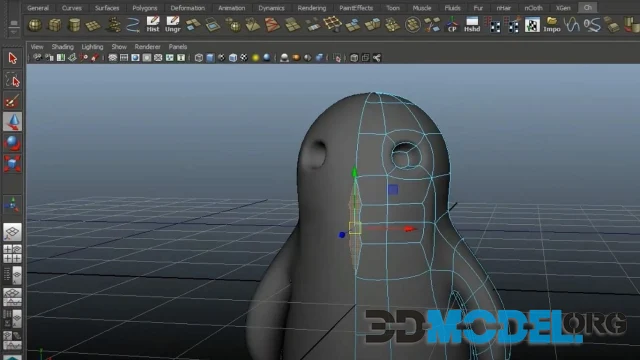
Best 3D modeling programs for beginners
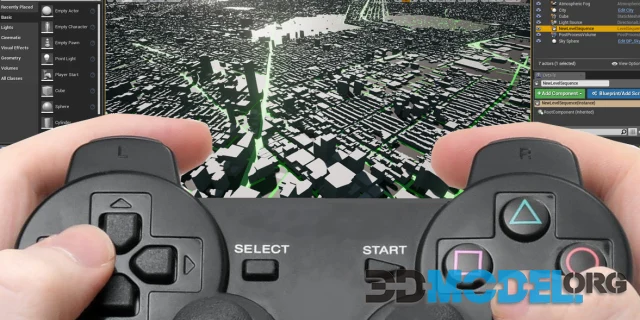
Top Tools for 3D Game Development: A Comprehensive Overview of Modern Technologies
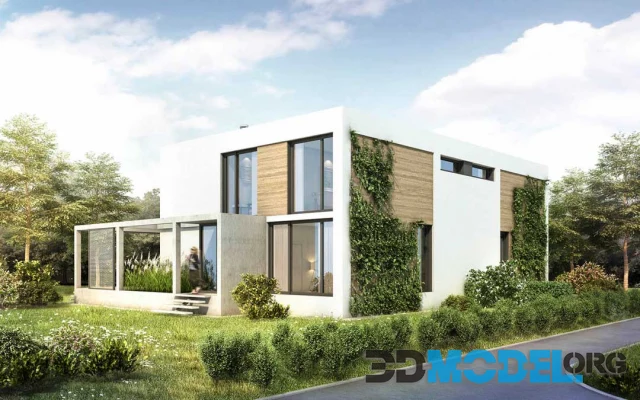
Best 3D Software For Architectural Visualization
Comments (0)
